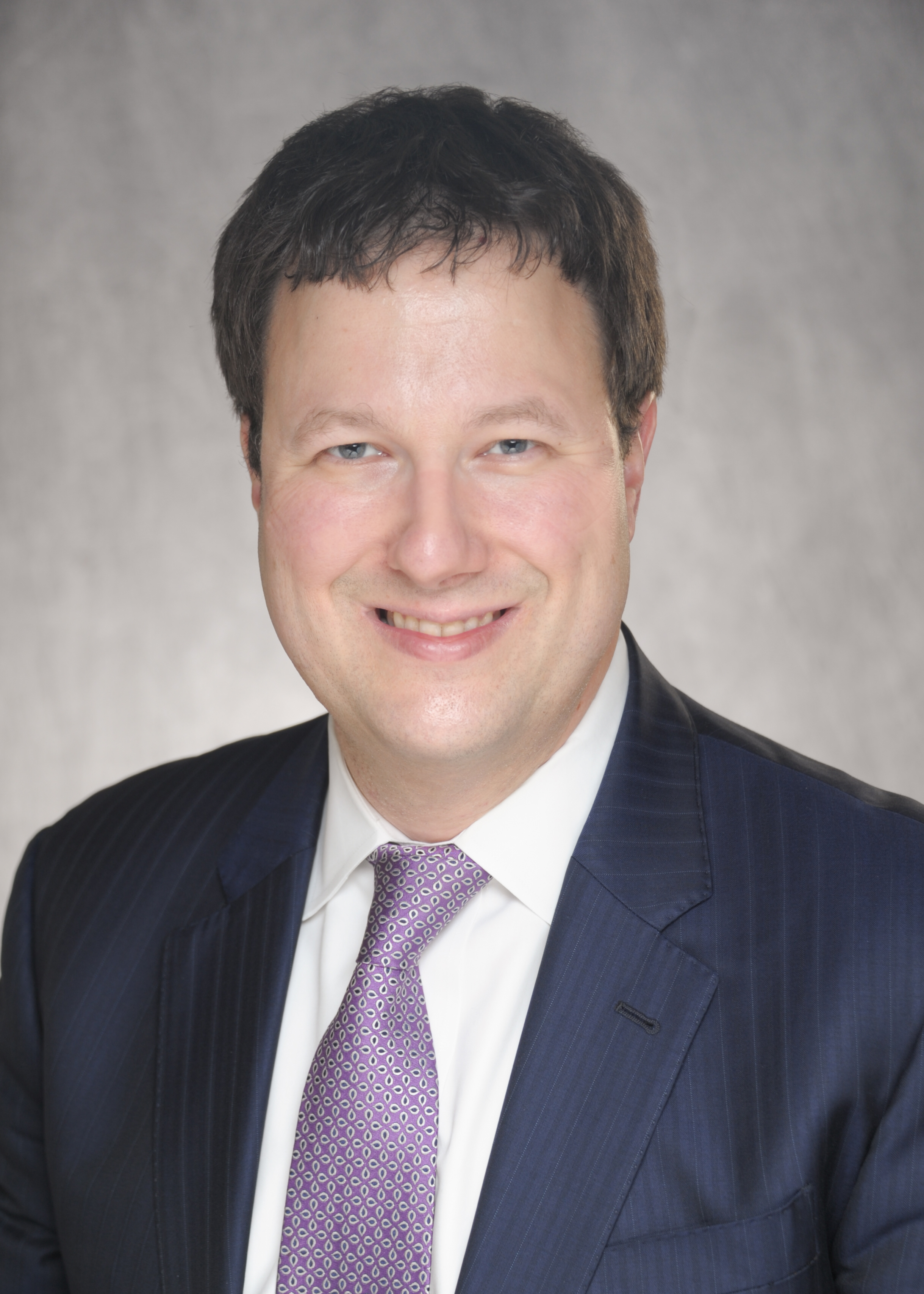The Iowa City, Iowa-based health system has established stable paths for AI governance and strategy.
University of Iowa Health Care has taken a consistent approach to artificial intelligence governance over the past two years.
James Blum, MD, chief health information officer at UI Health Care and a participant in the HealthLeaders AI in Clinical Care Mastermind program, says the technology needs to be treated with the proper safeguards, but that doesn't mean separating it from all other innovative tools and processes.
Blum explained in a recent HealthLeaders podcast that AI and healthcare shouldn’t exist in a vacuum, and health systems shouldn't be acquiring AI for the sake of it.
"We should probably be looking to solve problems that people have, and if that involves AI, great," Blum said. "If it doesn't, that's probably in many ways better because it takes out display of governance and potentially a lot of additional expense."
UI Health Care has launched two AI tools for clinical care: An ambient transcription platform developed by Nabla, which roughly 1,100 of the health system's 3,000 doctors are now using, and a chart mining platform from Evidently that collects all relevant data on a patient from multiple sources to give clinicians a concise view of the patient.
Blum says both AI tools were carefully reviewed by UI Health Care through a normal process for reviewing new vendors. With AI, that includes bringing in clinicians and IT personnel who understand the nuances of the technology.
"It is with a group of individuals that are qualified to review the AI right and really understand the performance characteristics and what can be expected of the technology in addition to our typical acquisition process," Blum says.
 James Blum, MD, is chief health information officer at University of Iowa Health Care. Photo courtesy of University of Iowa Health Care.
James Blum, MD, is chief health information officer at University of Iowa Health Care. Photo courtesy of University of Iowa Health Care.
AI strategy, adoption of new tools, and measuring outcomes
Over the past year, IU Health Care has maintained a consistent AI strategy, according to Blum.
"We have continued our existing AI strategy which was extensive and democratic," Blum says. "Our implementations have been across the institution to support all of our clinicians."
The health system is planning to adopt new AI tools in two areas of clinical care.
"We will be adding AI coding and clinician draft technologies," Blum says.
Costs and adoption challenges are the biggest obstacles to growth of AI tools in clinical care at IU Health Care, according to Blum.
"Regarding adoption, many of those that can most benefit are reluctant to adopt the technology," Blum says.
IU Health Care is measuring three key outcomes related to the health system's utilization of AI tools, Blum explains.
"We measure clinician burnout, clinician after hours work, and clinician satisfaction with their electronic tools," Blum says.
The HealthLeaders Mastermind program is an exclusive series of calls and events with healthcare executives. This Mastermind series features ideas, solutions, and insights on excelling in your AI programs.
To inquire about participating in an upcoming Mastermind series or attending a HealthLeaders Exchange event, email us at exchange@healthleadersmedia.com.
Christopher Cheney is the CMO editor at HealthLeaders.
KEY TAKEAWAYS
University of Iowa Healthcare has a standard process for reviewing adoption of AI tools that were developed by vendors.
The health system's AI strategy is extensive and democratic.
Costs and reluctance among some clinicians to adopt new AI tools are the biggest obstacles to growth of AI in clinical care at the health system.
